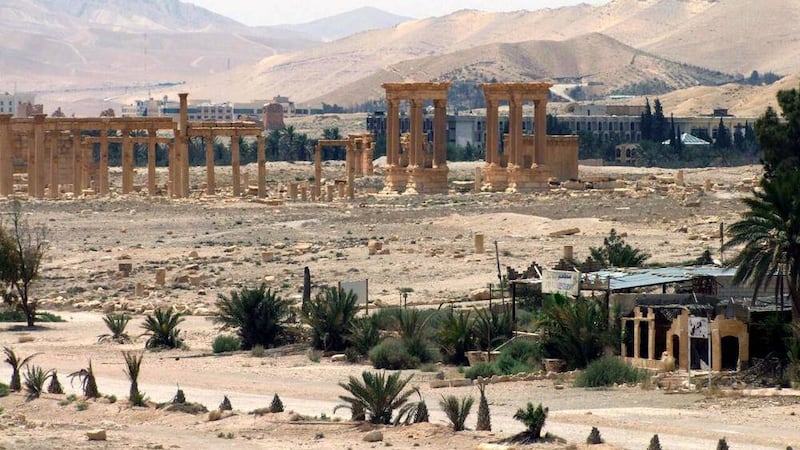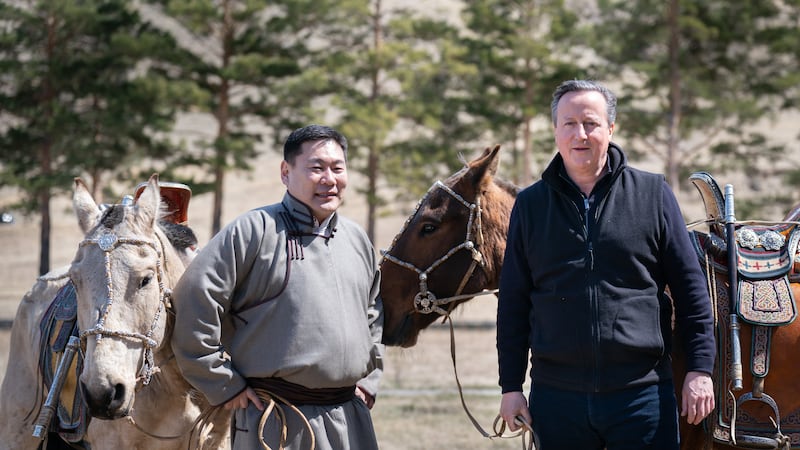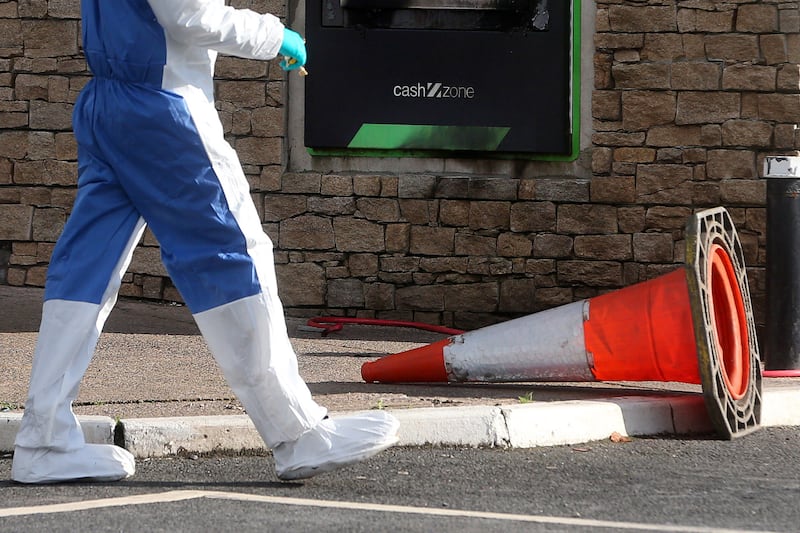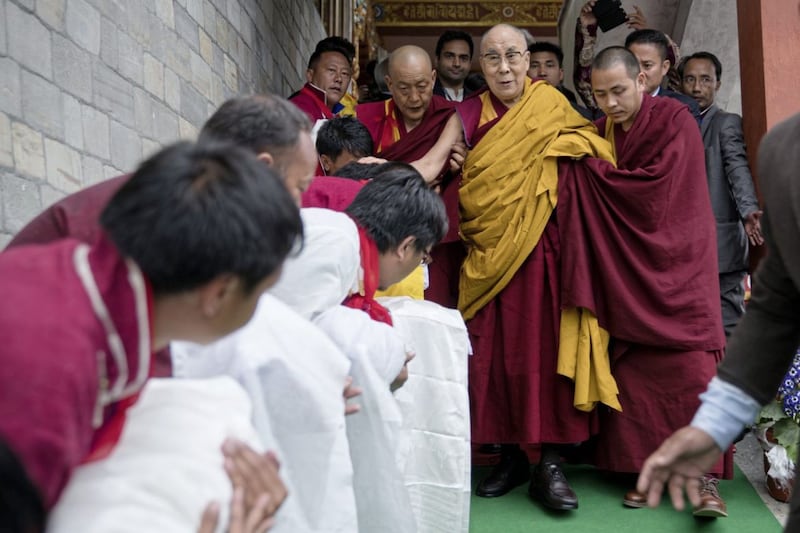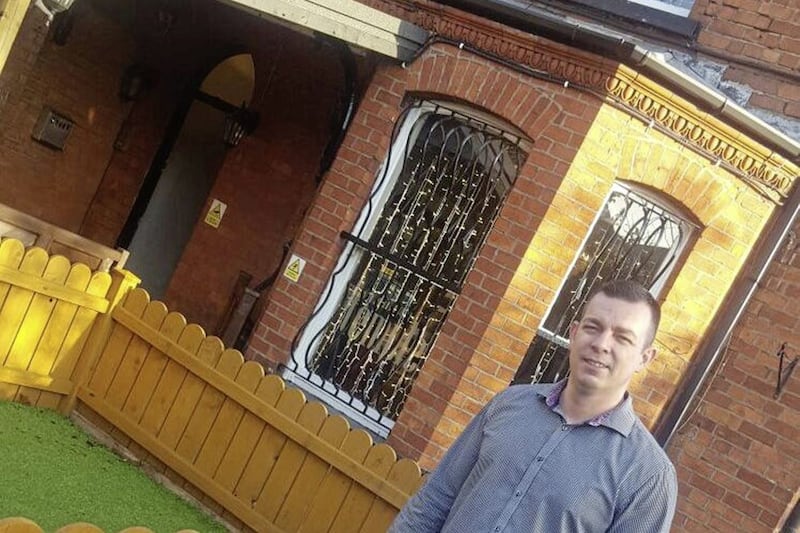THE ancient temple of Baalshamin has been demolished by Islamic State militants who laid explosives around it for more than a month, a resident in the Syrian city of Palmyra has confirmed.
The UN cultural watchdog Unesco called the destruction of the temple a “war crime” and an “immense loss for the Syrian people and for humanity”.
The witness, who goes by the name Nasser al-Thaer, said the bombing took place a day earlier.
He said he feared for the other ancient sites in Palmyra but that no explosives have been placed around them.
News of the temple’s destruction comes after relatives and witnesses said Khaled al-Asaad, an 81-year-old antiquities scholar who devoted his life to understanding Palmyra, was beheaded by Islamic State militants.
Palmyra, one of the Middle East’s most spectacular archaeological sites and a Unesco World Heritage site, sits near the modern Syrian city of the same name.
IS claim ancient relics promote idolatry and say they are destroying them as part of their purge of paganism. However, they are also believed to sell off looted antiquities.
The Baalshamin Temple is about 500 metres from Palmyra’s famous amphitheater where the group killed more than 20 Syrian soldiers after
they captured the historic town in May.
The temple dates to the first century and is dedicated to the Phoenician god of storms and fertilising rains.
Earlier reports from the British-based Syrian Observatory for Human Rights said the temple was blown up a month ago.
Turkey-based activist Osama al-Khatib, who is originally from Palmyra, said the temple was blown up on Sunday.
The head of Unesco, Irina Bokova, said Islamic State extremists in Syria and Iraq are engaged in the “most brutal, systematic” destruction of ancient sites since the Second World War.
Militants have also demolished the St Elian Monastery, which housed a fifth-century tomb and served as a major pilgrimage site. The monastery was in the town of Qaryatain in central Syria.
